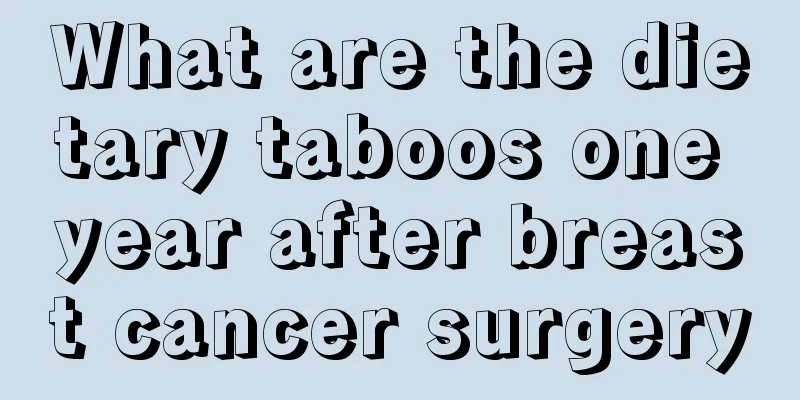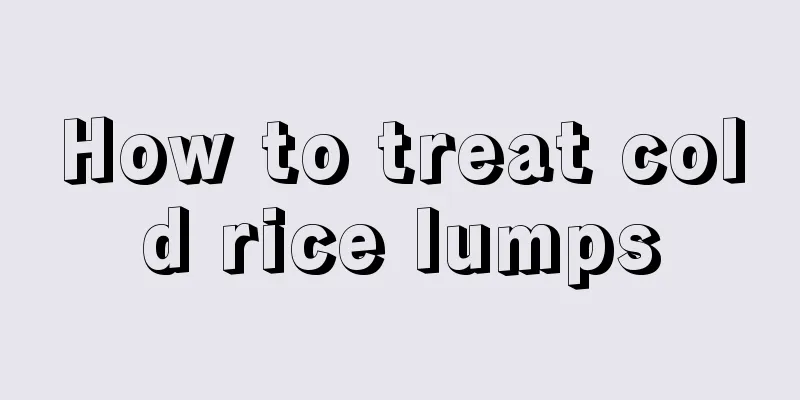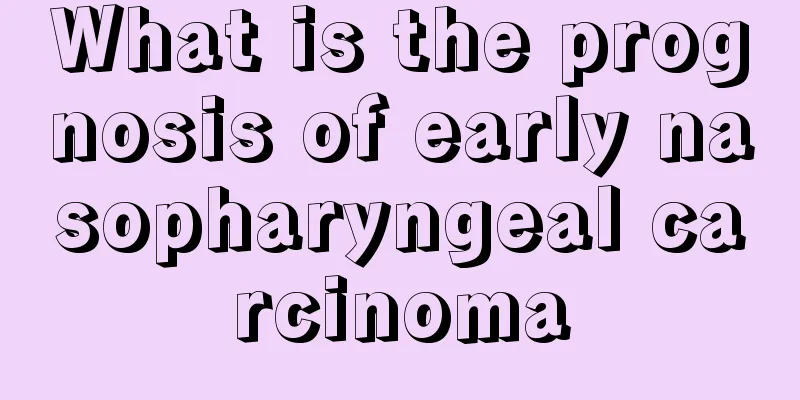What injection should I take for cholecystitis

|
Cholecystitis is a very common disease in the human body, and cholecystitis is divided into two types: chronic and acute. Suffering from cholecystitis can easily cause abdominal pain in the body, and can also easily cause indigestion and loss of appetite. It is generally a physical disease caused by infection and can be treated by injecting drugs according to the condition of the disease. What injection should be given for cholecystitis? Cholecystitis is divided into acute cholecystitis and chronic cholecystitis. Acute cholecystitis will manifest as acute right upper abdominal pain, fever, and gallbladder suppuration. Therefore, this type of acute cholecystitis should first be treated with anti-infection. Antibiotics should be given. Cephalosporin or penicillin antibiotics are the first choice. At the same time, if the pain is more severe, some painkillers should be given, such as 6542, this antispasmodic and analgesic drug to relieve the patient's symptoms. At the same time, the patient needs to abstain from drinking and eating, and needs some intravenous nutrition, such as sugar water, saline, and some fluids for fluid replacement. For chronic cholecystitis, the symptoms generally include dull pain and discomfort in the right upper abdomen, discomfort in the right shoulder and back, indigestion, loss of appetite, etc. In this case, some anti-inflammatory and choleretic drugs can be used, and some anti-infective drugs can be used during the acute attack of chronic cholecystitis. After the symptoms improve, maintain the treatment with some anti-inflammatory and choleretic drugs, so as to achieve better treatment effects. treat 1. General treatment ① Actively prevent and treat bacterial infections and complications, pay attention to food hygiene, prevent the occurrence of biliary parasitic diseases, and actively treat intestinal ascariasis. ② Maintain a moderate lifestyle, pay attention to the combination of work and rest, maintain appropriate temperature, maintain an optimistic mood and smooth bowel movements. ③If the disease is accompanied by stones or occurs frequently, surgical treatment may be considered. ④ A low-fat meal should be chosen to reduce bile secretion and reduce the burden on the gallbladder. 2. Drug treatment (1) Acute cholecystitis ① For antispasmodics and analgesia, intramuscular injection of atropine, sublingual nitroglycerin, pethidine (meperidine), etc. can be used to relieve spasm and pain in the sphincter of Oddi. ② Antibiotics are used to prevent bacteremia and suppurative complications. They are usually used in combination with ampicillin, clindamycin and aminoglycosides, or second-generation cephalosporins such as cefuroxime or cefuroxime are used for treatment. Changes in antibiotics should be based on the results of blood cultures, bile cultures during surgery, bacterial cultures of the gallbladder wall, and drug sensitivity tests. ③ Choleretic drugs: 50% magnesium sulfate taken orally (not needed for those with diarrhea), dehydrocholic acid tablets taken orally, and bile acid tablets taken orally. (2) Chronic cholecystitis ① Choleretic drugs such as 50% magnesium sulfate and dehydrocholic acid tablets can be taken orally. ②Antiparasitic therapy is to deworm the cause of the disease. ③ Litholytic therapy: If the cause is cholesterol stones, chenodeoxycholic acid lithotripsy can be used for treatment. Literature reports that the lithotripsy efficiency can reach about 60%. After the treatment, you still need to take a maintenance dose to prevent recurrence. (3) Rationally select Chinese patent medicines ① Jindan tablets Function: Anti-inflammatory and choleretic. Used for acute and chronic cholecystitis. ② Function of Qinggan Lidan Oral Liquid: Clears away dampness and heat in the liver and gallbladder. It is mainly used to treat symptoms such as poor appetite, flank pain, fatigue, yellow urine, greasy tongue coating, stringy pulse, liver depression and qi stagnation, and uncleared damp-heat in the liver and gallbladder. 3. Surgical treatment Cholecystectomy is the fundamental treatment for acute cholecystitis. Indications for surgery: ① Patients with gallbladder gangrene and perforation, complicated by diffuse peritonitis; ② Patients with repeated acute attacks of acute cholecystitis and a clear diagnosis; ③ Patients whose condition continues to develop and worsen after active medical treatment; ④ Patients with no contraindications to surgery and who can tolerate surgery. For patients with chronic cholecystitis accompanied by cholelithiasis, once the diagnosis is established, cholecystectomy is a reasonable fundamental treatment. If the patient has serious diseases such as heart, liver, lung, etc. or the systemic condition cannot tolerate surgery, medical treatment can be given. |
<<: What injection should I get for arthritis
>>: Can arthritis be treated with blocking injections?
Recommend
Take effective precautions to stay away from liver cancer
Many times, when the disease comes, we regret it....
The most obvious symptoms of tongue cancer
Everyone knows that fever is the most obvious sym...
What's the matter with the crackling of arm joints
I often hear some friends say that they experienc...
How to treat osteosarcoma
Many friends have never heard of osteosarcoma. Ma...
How much does it cost to treat brain cancer
How much does it cost to treat a brain tumor? I w...
How to use essence gel
The most obvious function of essence gel is moist...
Is acupuncture useful for long-term vascular headaches?
Acupuncture is the essence of traditional Chinese...
What should I do if I have esophageal cancer and can't eat
What should I do if I have esophageal cancer and ...
Is the cure rate of advanced nasopharyngeal carcinoma high? What should patients pay attention to?
If cancer develops to the late stage, patients wi...
Symptoms of intracranial hemangioma
When a hemangioma appears in a person's brain...
What are the dietary therapies for rectal cancer?
Rectal cancer is a common malignant tumor in the ...
Is colon cancer lymph node metastasis serious?
Is colon cancer lymph node metastasis serious? Ca...
How long can a person with liver cancer live? Three factors that affect the survival period of liver cancer
In fact, there are many reasons that may cause pe...
What to drink when the menstrual flow is light
The menstrual period is quite important for women...
Symptoms of gastric antral stromal tumors
Many people may not be so clear about the disease...









